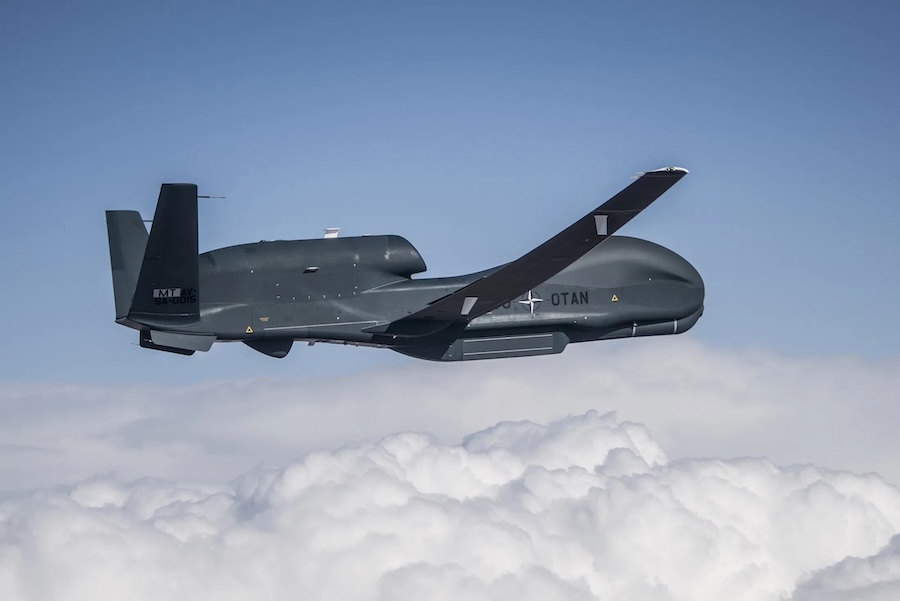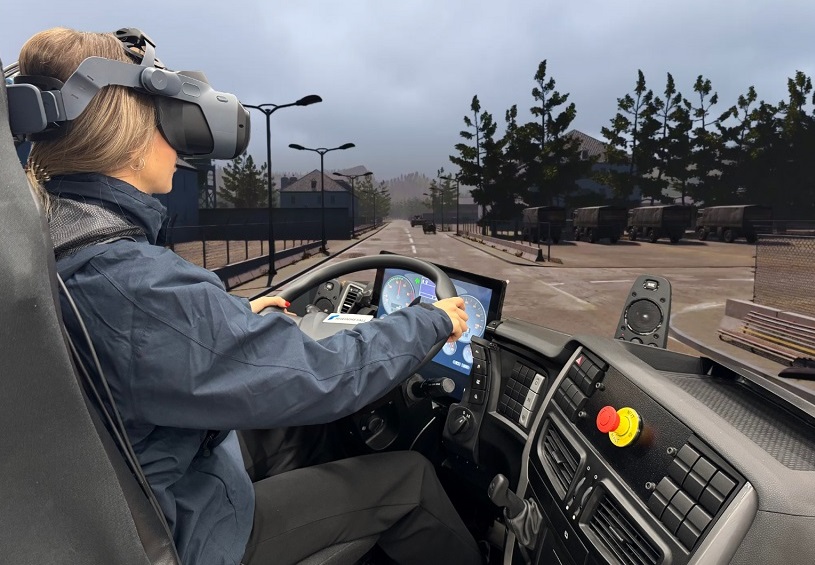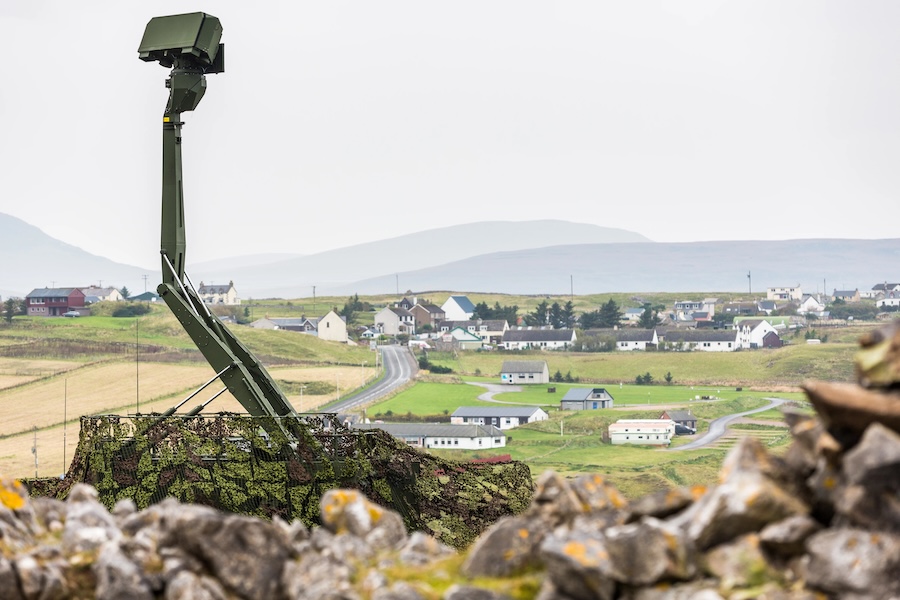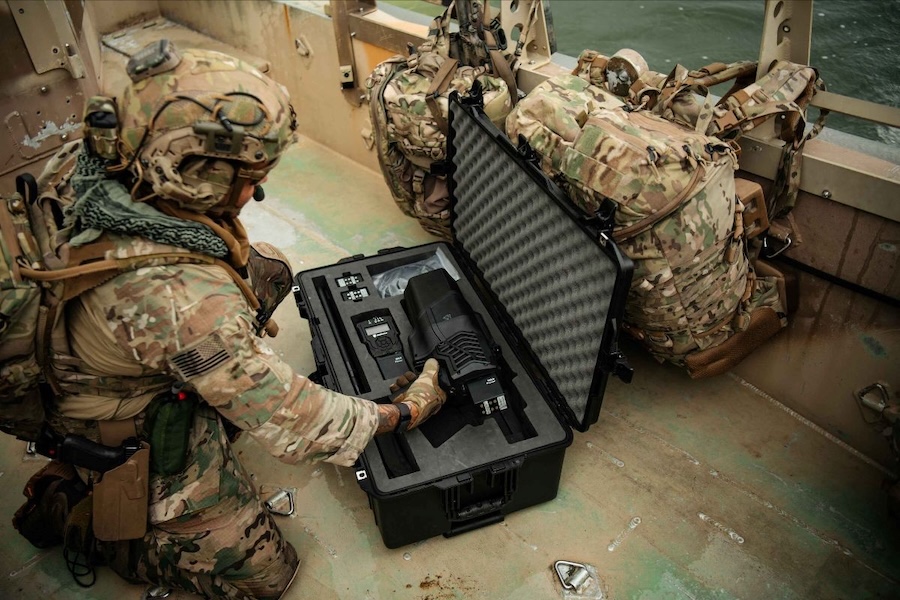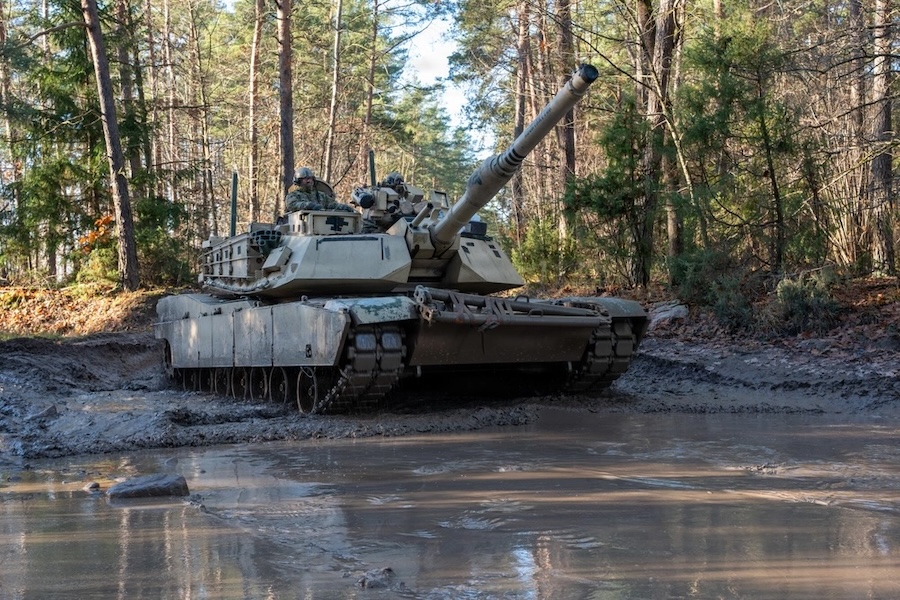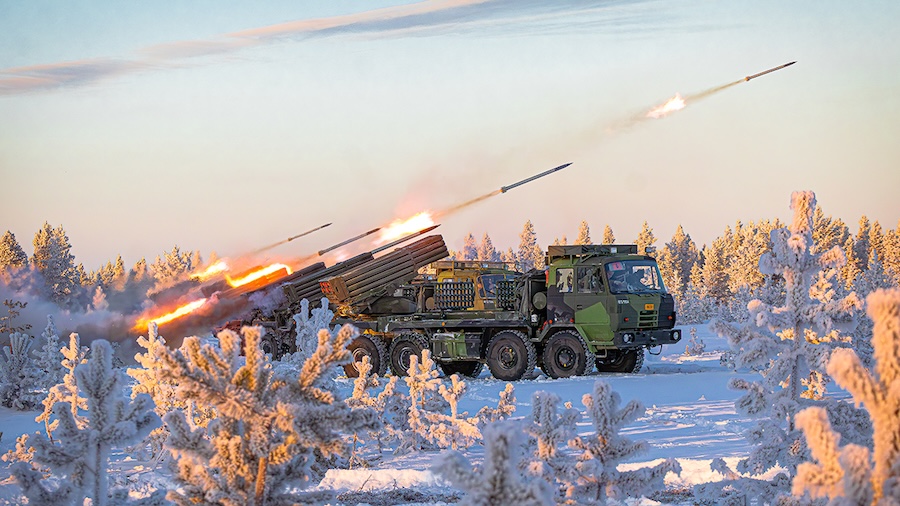The iMUGS2 project aims to develop next-generation Multipurpose Unmanned Ground Systems (UGS). The consortium’s €55 million proposal was officially approved in late April, marking a significant achievement for European defence innovation. The new funding highlights Europe’s commitment to enhancing its defence capabilities and fostering technological independence through collaborative industrial efforts.
Raul Rikk, Capability Development Director at Milrem Robotics, expressed his satisfaction with the project’s approval, stating, “Winning this EDF call is a crucial step in ensuring that Europe remains at the forefront of developing advanced unmanned technologies. Our consortium unites top-tier expertise from across the EU, and we are prepared to deliver a capability that enhances our armed forces’ operational effectiveness and safety.”
Unmanned vehicles (UxVs) have increasingly proven their value in modern military operations, particularly during the war in Ukraine. Their ability to work in conjunction with manned vehicles, operators, and soldiers is essential for increasing combat efficiency. This coordinated effort is designed to reduce casualties, minimise collateral damage, and decrease the cognitive load on soldiers.
The iMUGS2 project builds on the outcomes of the original iMUGS project and other European-funded initiatives. It aims to expedite research and transition towards practical solutions that can be rapidly deployed. Operational capabilities will be validated through military trials, and the project will prioritise interoperability among European nations while integrating lessons learned from recent conflicts, including the Ukraine war.
Raul Rikk emphasised the project’s objectives, saying, “Our project aims to develop and deploy cost-effective, modular unmanned systems capable of supporting dismounted, mechanised, and motorised infantry in all European environments, including GNSS-denied areas and adverse climatic conditions.”
The iMUGS2 project has three primary goals. Firstly, it will develop, validate, and demonstrate combat-ready UGS that support dismounted troops across various operational levels. Secondly, it will establish operational concepts to showcase how UGS and unmanned aerial systems (UAS) can enhance infantry battalion capabilities and cross-domain operations. Finally, the project will enhance modular and open architecture frameworks, including Through Life Capability Management (TLCM), to facilitate the integration of autonomous functionalities with both legacy and new systems, including the conversion of manned vehicles.
By advancing these innovative solutions, the iMUGS2 project aims to ensure that Europe maintains a strategic advantage in the rapidly evolving field of unmanned ground systems. The project’s focus on modularity and interoperability will enable diverse military applications across different environments and conditions.












